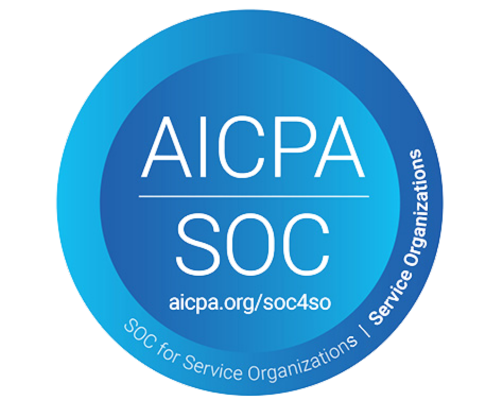Why High Turnover Industries Should Take Advantage of Hiring Incentives

Are you facing the challenge of constantly hiring and training new employees in your high-turnover industry? It can be costly and time-consuming, but there are solutions available. Federal and state hiring incentives can help offset these costs and encourage businesses to hire and retain certain types of employees.
One such incentive is the Federal Work Opportunity Tax Credit (WOTC), which provides a tax credit to businesses that hire individuals from certain target groups, including veterans, temporary assistance for needy families (TANF) recipients, and ex-felons, among others.
You could receive up to $9,600 in tax credits per eligible new hire.
WOTC represents a permanent reduction in income tax, directly reducing a business’s effective tax liability. To capture these credits, a business needs to apply within the first 28 days of a new employee’s start date, which makes WOTC credits often a function of a company’s HR department, rather than an accounting department.
Additionally, there are various state-level hiring incentives available, such as credits for hiring employees from disadvantaged backgrounds or those living in high-unemployment areas. These credits can vary in amount and eligibility requirements but can provide a significant financial benefit to businesses that take advantage of them.
By thoroughly evaluating your eligibility for all available credits and incentives, businesses in high-turnover industries like retail, hospitality, customer service, call centers, manufacturing, and staffing can offset the costs of hiring and training new employees, helping to reduce turnover and improve retention rates.
Don't overlook the potential benefits of federal and state hiring incentives. With careful evaluation and compliance, these credits can provide a valuable financial boost to your business. Contact the experts at HRlogics WOTC for more information or to receive a complimentary eligibility assessment.
Have Questions or Need More Information?
We will get back to you as soon as possible.
Please try again later.


HRlogics



